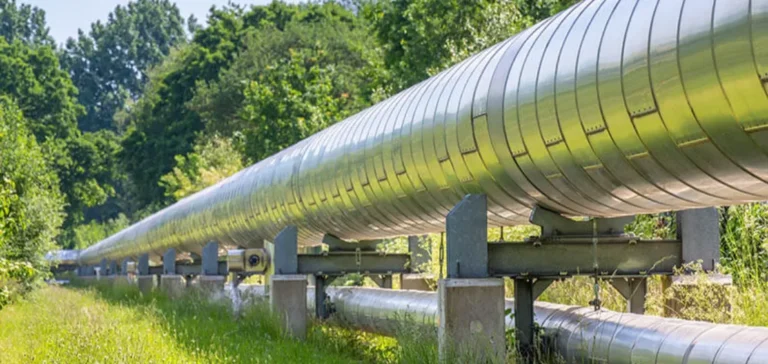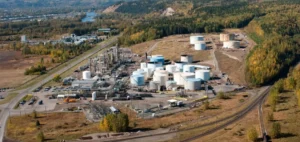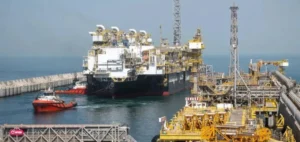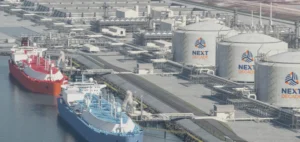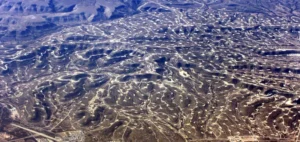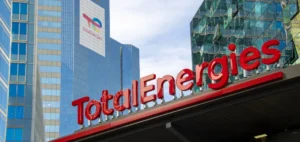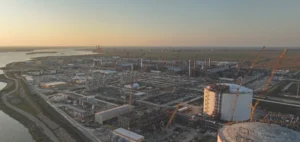Winter gas demand peaks in Great Britain (GB) swing from below 200 MMcm/d to nearly 400 MMcm/d within days, driven by heating in Local Distribution Zones (LDZ, distribution networks) and gas-fired power when wind and solar output dip. Domestic production and Norwegian pipeline imports rise to a winter plateau but no longer offer short-run elasticity. Essential flexibility comes from underground storage withdrawals and send-out from liquefied natural gas (LNG) terminals, with continuous replenishment throughout winter.
A nervier demand curve, led by the power grid
Gas plants’ role as the power system’s balancing asset sharpens intra-day volatility. During “dunkelflaute” episodes—low wind and solar in periods of high demand—gas burn for power escalates quickly. In LDZ, cold snaps trigger rises from 120 to 280 MMcm/d in days. The current pace of heat-pump rollout is too slow to materially smooth these profiles over five years, keeping demand weather-sensitive.
Industrial consumption, smaller in scale, varies within a narrow band but reinforces peaks through process and space heat. Overall, the twelve-month moving average fell from 202 MMcm/d to 149 MMcm/d between 2021 and 2024, before a slight 2025 uptick, while daily amplitude persisted.
Supply sources with uneven headroom
UK Continental Shelf (UKCS) output continues to decline, with a winter plateau now around 70–75 MMcm/d. Norwegian imports via Langeled to Easington provide strong seasonality, but at full winter capacity (about 76 MMcm/d) add no further upside. Interconnectors with Belgium (Interconnector UK, iUK) and the Netherlands (Bacton-Balgzand Line, BBL) contributed little in recent winters, as price spreads after transport costs were insufficient.
LNG carries the bulk of flexibility, combining sizeable on-site storage with high regasification rates at Isle of Grain and Milford Haven. Daily send-out has exceeded 130 MMcm/d in tight periods, while LNG stocks typically range between 500 and 1,000 MMcm gas equivalent during the winter peak.
The pivotal role of storage and the Irish axis
Medium-range storage totals about 1.6 Bcm, with aggregate deliverability near 106 MMcm/d, enough to cover close to a quarter of demand for several days before reinjection. The offshore Rough site was drawn down over summer 2025, clouding its future availability and shifting more burden to medium-range sites and LNG inventories.
GB must also serve the island of Ireland via the Moffat interconnection point and the Scotland–Northern Ireland Pipeline (SNIP), with flows reaching up to 31 MMcm/d at peaks, or up to 8% of daily gross supply. This demand varies with wind and Irish power imports, raising GB’s flexibility needs.
In January, net storage withdrawals provided up to 26% of daily supply, while LNG send-out peaked at 134 MMcm/d during a tight spell.


